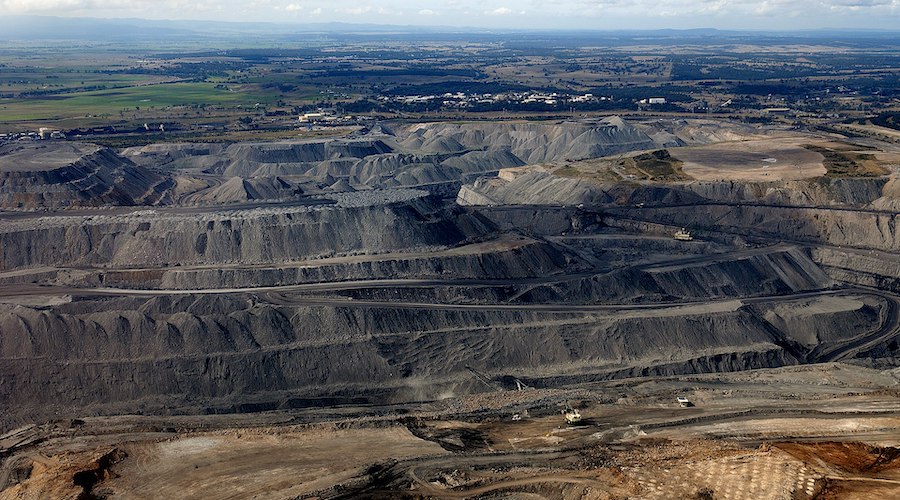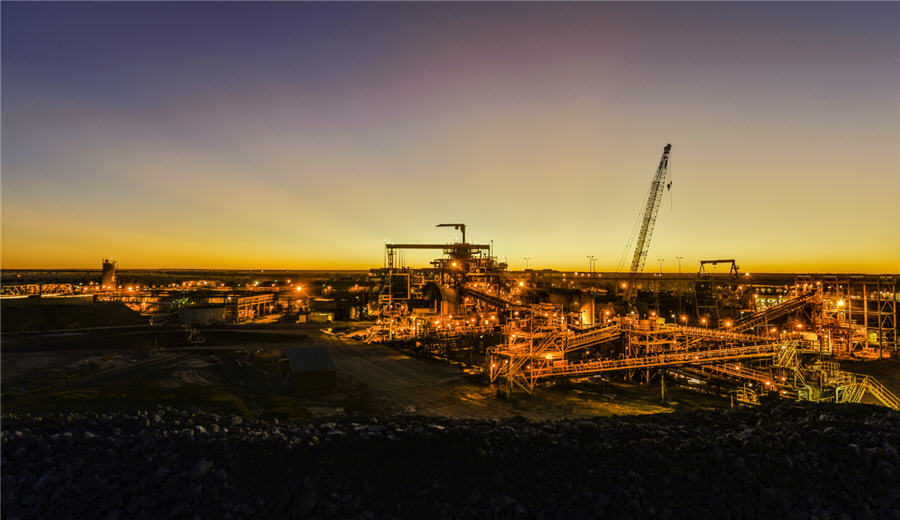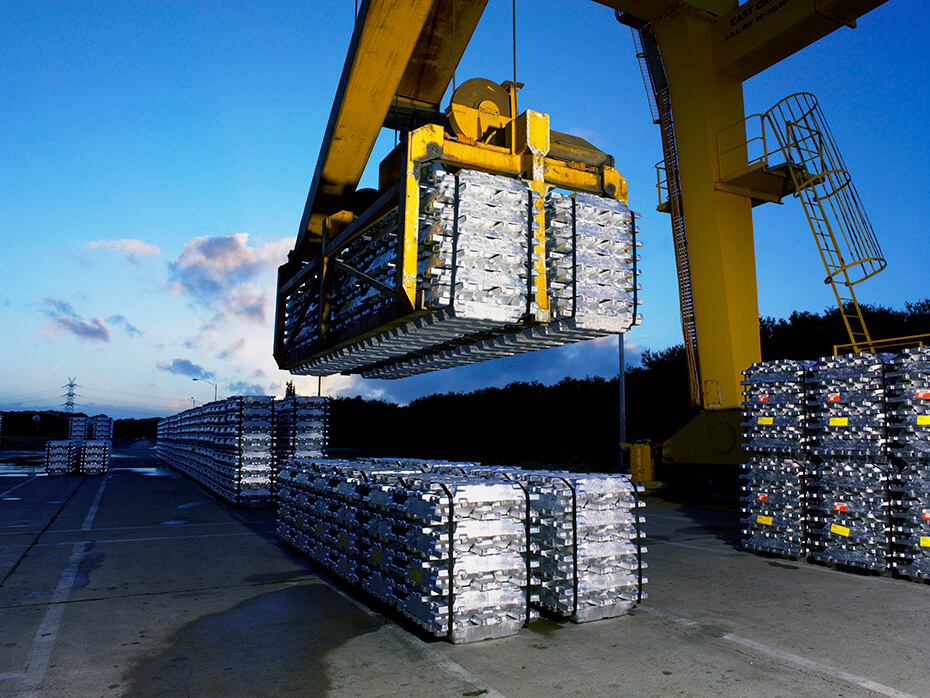Australia joins pledge to cut methane emissions 30% by 2030

Australia joined the Global Methane Pledge, becoming one of the last major developed economies to sign on to an effort to reduce emissions of the potent greenhouse gas 30% from 2020 levels by the end of this decade.
Announcing the decision to sign the methane pledge on Sunday, Climate and Energy Minister Chris Bowen said meeting the 2030 target could help avoid 2C (3.6F) of warming across the planet.
“Methane is 24% of Australia’s emissions and we are the world’s 11th biggest emitter of methane, so it’s very important that we have a seat at the table and we are part of the solution,” he said, adding that the main sources of the gas in Australia were mining and agriculture.
Canberra’s participation is the latest push by Prime Minister Anthony Albanese’s Labor government to improve the nation’s climate standing on the world stage. In September, the government passed a law requiring a 43% cut in greenhouse gas emissions from 2005 levels by 2030 and setting a net zero goal by 2050, its first binding emissions-reduction target.
Cutting methane releases in Australia could prove tricky if farmer or miners balk at the changes needed to meet the agreement’s goals. Officials in New Zealand, the world’s largest dairy exporter, said in October its farmers will start to pay a levy on agricultural emissions by 2025, a move Prime Minister Jacinda Ardern said would be a world first.
The cheapest way to for Australia to significantly reduce emissions of the gas are to reduce leaks from coal mines, according to a recent analysis from energy think tank Ember. The pits spew more than 1 million metric tons of methane each year, contributing nearly a quarter of the country’s emissions of the gas, the group said in its analysis.
Existing, effective technologies and approaches to cut methane emissions in mines cost about A$270 ($168) per ton of methane, compared to agriculture, where costs are roughly four times higher, according to Ember, which cited data from the Climate and Clean Air Coalition and the United Nations Environment Programme.
To achieve the cuts in the report, Australia would need to phase out thermal coal mines, reduce methane releases from existing mines and stop any new coal mines or expansions. The nation could achieve some rapid decreases by first closing its gassiest mines.
Bowen said he would be working with domestic and international partners on “sensible plans” to reduce methane emissions, but ruled out any new taxes or livestock reductions to meet the target. He said the targets were global, rather than specific to Australia, and “non-binding.”
Methane is the primary component of natural gas and can also be released during oil and coal production. Livestock burp methane and landfills generate the gas when organic material breaks down in the absence of oxygen. If released directly into the atmosphere, methane traps more than 80 times the heat of carbon dioxide during its first 20 years.
Australia announced A$5 million ($3.2 million) in new research funding on Sunday to examine how best to reduce emissions from livestock through low-emission feeds.
The global methane pledge was introduced by US President Joe Biden in November 2021 and more than 120 countries have joined the effort. The previous Australian government under then-Prime Minister Scott Morrison refused to sign the pact in 2021, deepening impressions that the country was reluctant to take action on climate change.
(By Ben Westcott and Aaron Clark)
More News
South32 posts lower third-quarter manganese output
The world's biggest producer of manganese ore produced 476,000 wet metric tons last quarter.
April 16, 2025 | 03:48 pm
Alcoa reports $20 million tariff hit on imports from Canada
April 16, 2025 | 03:42 pm
{{ commodity.name }}
{{ post.title }}
{{ post.date }}




Comments